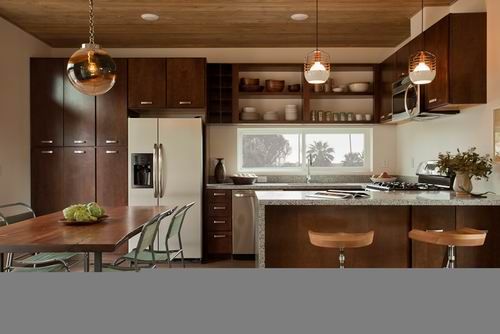
When I read recently about cabinets from Armstrong being used in a new series of affordable prefab homes by Santa Monica-based LivingHomes, it wasn’t just the spiffy new C6 manufactured home itself that had me in awe. It was that a major consumer cabinet brand was offering NAUF (no added urea formaldehyde) cabinets.
Four years ago, when I wrote an article on healthy kitchen cabinetry, there wasn’t a single source of NAUF cabinetry among the big manufacturers. If you wanted a cabinet box that wouldn’t off-gas formaldehyde-listed as a carcinogen in 2004-you had to rely on a local shop or specialty cabinetmaker, and in 2008 it wasn’t easy to scare up a long list of those.
Things have changed since then. In July 2010 President Obama signed the Formaldehyde Standards for Composite Wood Products Act, which aims to limit formaldehyde emissions from composite wood products, including hardwood plywood, MDF and particleboard. The details governing these new standards, which are based on limits set by the California Air Resources Board, are supposed to be figured out by the EPA by the end of this year.
Still, outside of Armstrong’s Origins line, which was launched in 2010, I hadn’t seen any other major cabinetmakers advertising healthier cabinets. A quick review of websites and announcements by major cabinet makers revealed not one was promoting a formaldehyde-free line, though plenty claim to be following sustainable practices under the national Kitchen Cabinet Manufacturers Association’s Environmental Stewardship Program.
Along the way, I also checked in with Todd Vogelsinger, marketing director for Columbia Forest Products, the nation’s largest producer of NAUF plywood, and whose soy-based PureBond product is used in Armstrong’s Origins line. CFP lists more than 800 cabinet shops and furniture companies that use PureBond in their products, but these are all small- to medium- sized cabinet shops, not the names we generally see in big-box stores or the average kitchen design center.
I was ready to call it a day when I came across an announcement from Kemper Cabinetry, one of the nine Masterbrand Cabinets Inc. brands, indicating that MBCI would be meeting the California standards as of July 2011.
A company spokeswoman confirmed for me by phone that all cabinets made by MBCI-including Aristokraft, Diamond, Schrock and six other familiar names-already use materials that comply with the second, more stringent phase of the CARB rules. She couldn’t say what brand of NAUF material was being used.
I’m surprised. To me, a major manufacturer making the switch to a healthier material in advance of a government mandate is significant news. Doesn’t MBCI think so? Or are consumers interested in ridding their homes of manufacturing toxins still considered such a fringe group that it’s not worth the promotional expense? I have to say I hope that’s not the case.
Fine Homebuilding Recommended Products
Fine Homebuilding receives a commission for items purchased through links on this site, including Amazon Associates and other affiliate advertising programs.

Musings of an Energy Nerd: Toward an Energy-Efficient Home

All New Bathroom Ideas that Work

The New Carbon Architecture: Building to Cool the Climate
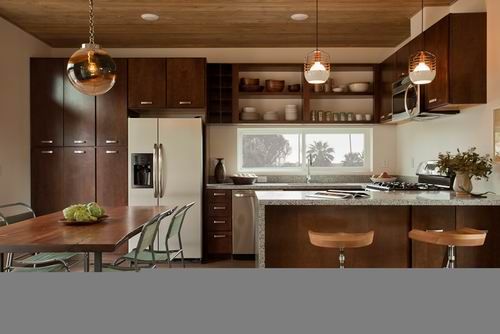

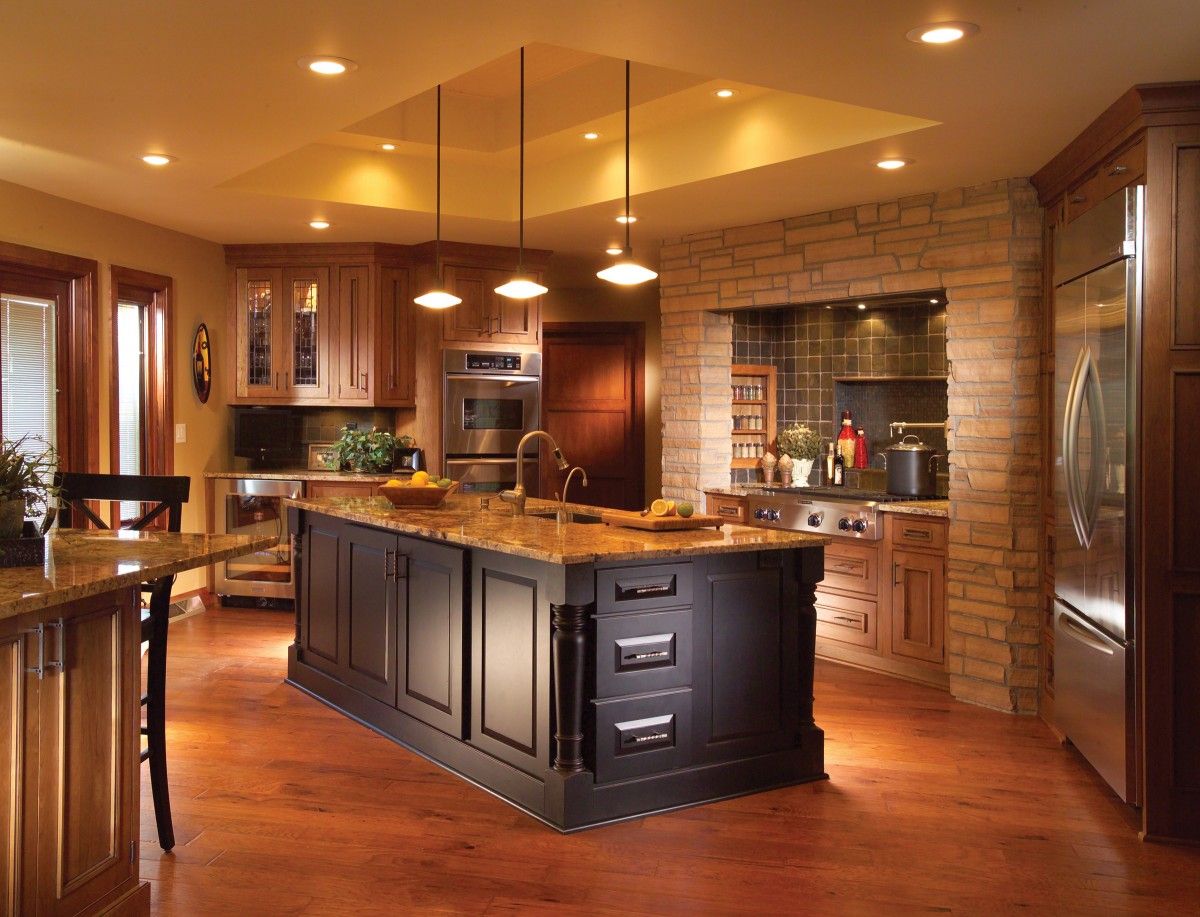
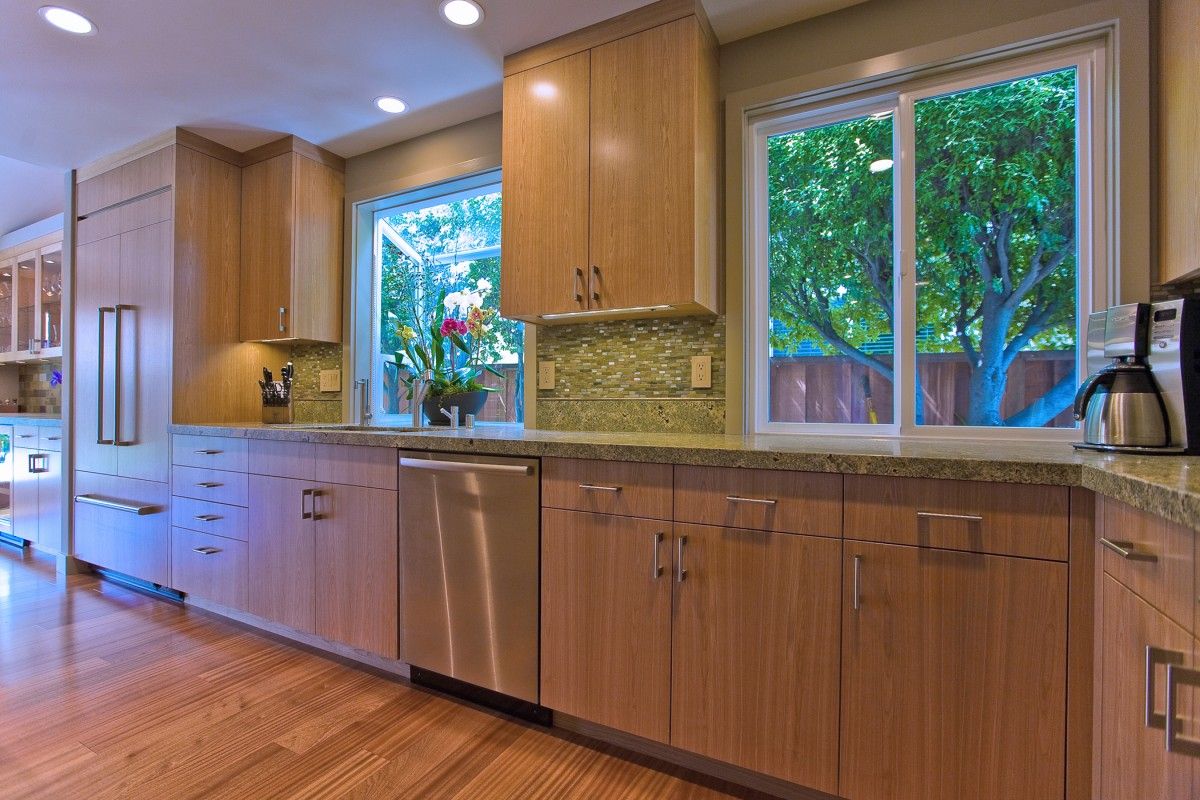
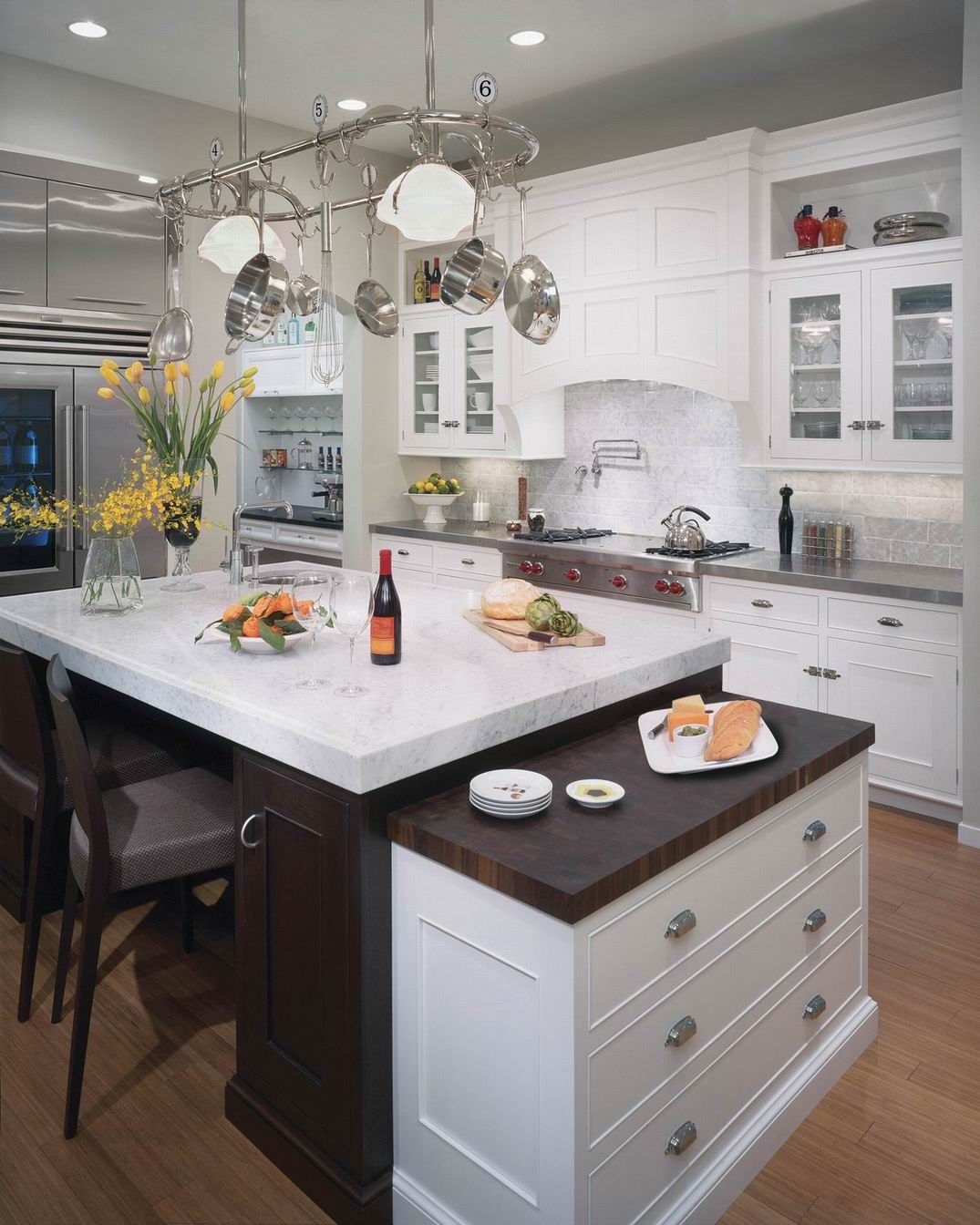






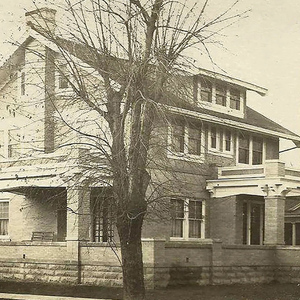























View Comments
I know people generally hate governmental regulations but toxins do abound in our environment. Our cancer rate is sky high so it sounds like a good idea to me..
BENJAMIN RAUCHER
I love this article. Although I realize this may not be the most cost effective, you may want to consider custom cabinets as a solution. You will have quality cabinets that are healthy, beautiful and durable. They are worth looking at and considering.
marcie
http://www.custommade.com/search?mode=projects&q=kitchen+cabinets
Nice article!! Affordable Kitchen Cabinets are in your budget having different varieties and colors.